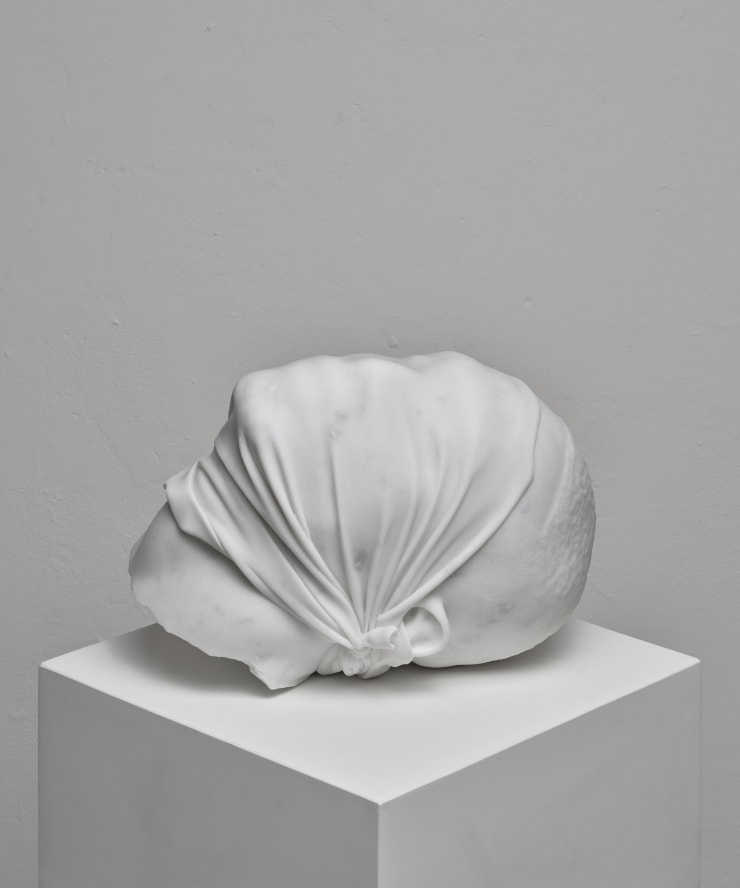-
Frieze London 2023
11–15 October, 2023 -
At Frieze London 2023, Dastan’s booth will feature a diverse selection of artworks by some of the most influential Iranian artists, featuring the works of Behjat Sadr (1924-2009), Mohsen Vaziri Moghaddam (1924-2018), Reza Aramesh (b. 1970), Newsha Tavakolian (b. 1981), and Meghdad Lorpour (b. 1983).
-
Known as one of the most notable Modern Iranian painters who experimented with several media and materials, Behjat Sadr’s legacy and influence stand firmly in the present. She explored multidimensional approaches in creating layers, texture, depth, volume, and geometry in many of her paintings. The piece on display at Frieze is from Sadr’s kinetic works, combining painting with the sculptural form of Venetian blinds. Much like her paintings, the work on display presents novel techniques such as superimposition, collage, controlled yet fluid brushstrokes, the depiction of frames within frames, the separation of the outside versus the inside, the representation of movement and stillness.
-

-
Behjat Sadr Works
-
Mohsen Vaziri Moghaddam is considered a pioneering figure in modern Iranian art, revolutionizing long-standing traditions to introduce novel renditions. His paintings imagine an alternative tactile materiality on the surface and forms that seem to escape the confines of layers and borders. He deployed a metaphorical approach and practice in expressing ‘tactility’ through his playful renditions of geometric forms and abstractions. In creating limits and edges, the artist invoked musicality and rhythm to inspire movement in the forms and, in his own words, “free them.” Much of his sand paintings are inspired by his contemplations on the desert and the playful experience of painting on sand at the beach.
-

-
Mohsen Vaziri Moghaddam's Works
-
Reza Aramesh’s series “Study of the Head as Cultural Artifacts” is an ongoing sculptural intervention on archival research images that portray the violated body. By using and responding to source imagery of war reportage, Aramesh examines the relationship between acts of violence and the history of its representation in visual culture –situating the body as a site of consciousness and as a centerpiece of the social world, not independent of reality. Carved by master craftspeople in the Carrara region of Italy under the artist’s supervision from hard-to-find pockets of remaining white Bianco Michelangelo stone in the existing historical geology, this ongoing series is continuously developed by Aramesh in his negotiation between violence and pleasure.
-

-
Reza Aramesh Works
-
Reza Aramesh’s series “Study of the Head as Cultural Artifacts” is an ongoing sculptural intervention on archival research images that portray the violated body. By using and responding to source imagery of war reportage, Aramesh examines the relationship between acts of violence and the history of its representation in visual culture –situating the body as a site of consciousness and as a centerpiece of the social world, not independent of reality. Carved by master craftspeople in the Carrara region of Italy under the artist’s supervision from hard-to-find pockets of remaining white Bianco Michelangelo stone in the existing historical geology, this ongoing series is continuously developed by Aramesh in his negotiation between violence and pleasure.
-

-
Meghdad Lorpour Works
-

-
Farah Ossouli's Works
-
Newsha Tavakolian’s photograph depicts a haunting blend of sunflowers wrapped in plastic with a bluish haze, capturing a mesmerizing moment that unfolds within the confines of a delicate paradox. This image mirrors her video project, “For the Sake of Calmness” (2020), exploring premenstrual syndrome. The still piece conveys a transcendental motion, a struggle for freedom, and the complexity of human emotions.
-

-
Newsha Tavakolian Works

















